Floreasca - now and then

Floreasca - now and then
Floreasca neighborhood today is one of the most exclusive and prosperous in Bucharest, full of trees and parks, close to the center and full of buildings with a bohemian air.
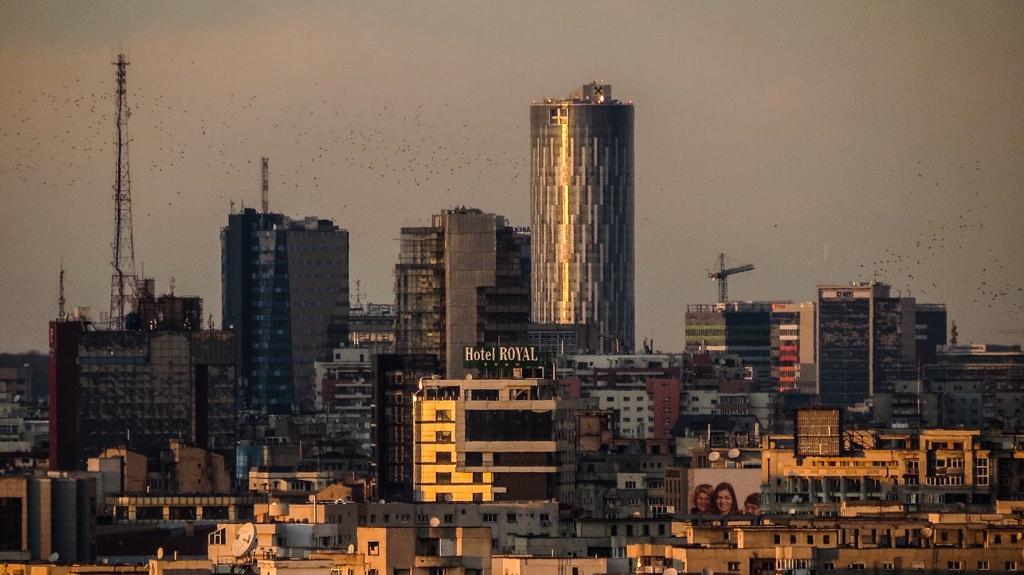
Between 1913-1922, under the supervision of the architect Reiner, who laid the foundations of an extensive urbanization project, building here a series of one-story buildings, which are still in operation. An important milestone in the history of this area came with the inauguration, in 1935, of the Ford Romania Factory, after the Bucharest Emergency Hospital had been opened here the year before. In 1936, the Floreasca lake was laid out, spread over an area of 70 hectares.
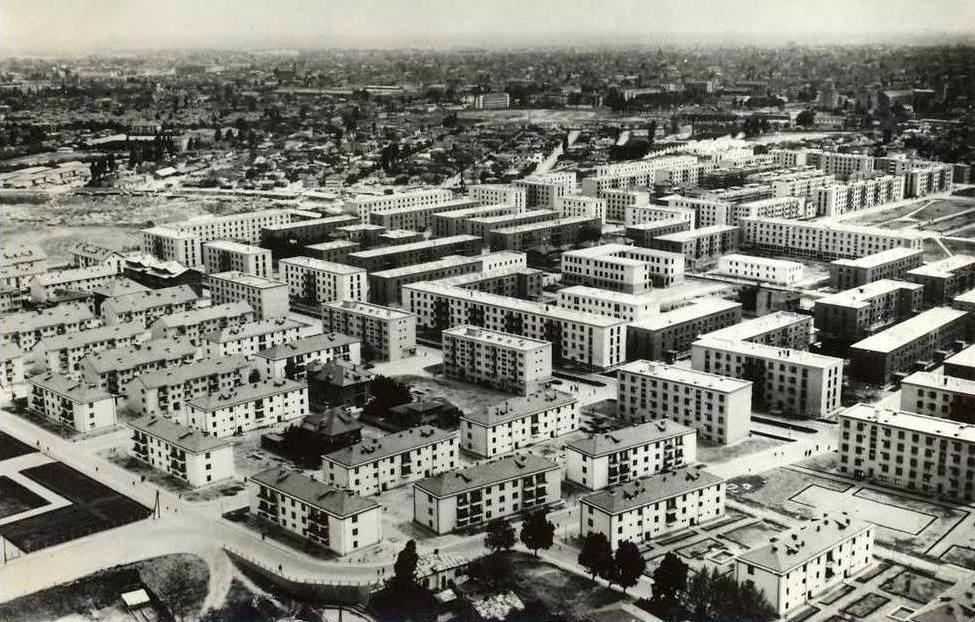
The years of communism would bring a new transformation of the neighborhood. During that period, numerous buildings of up to four stories were erected, and the streets were reorganized under the names of composers.
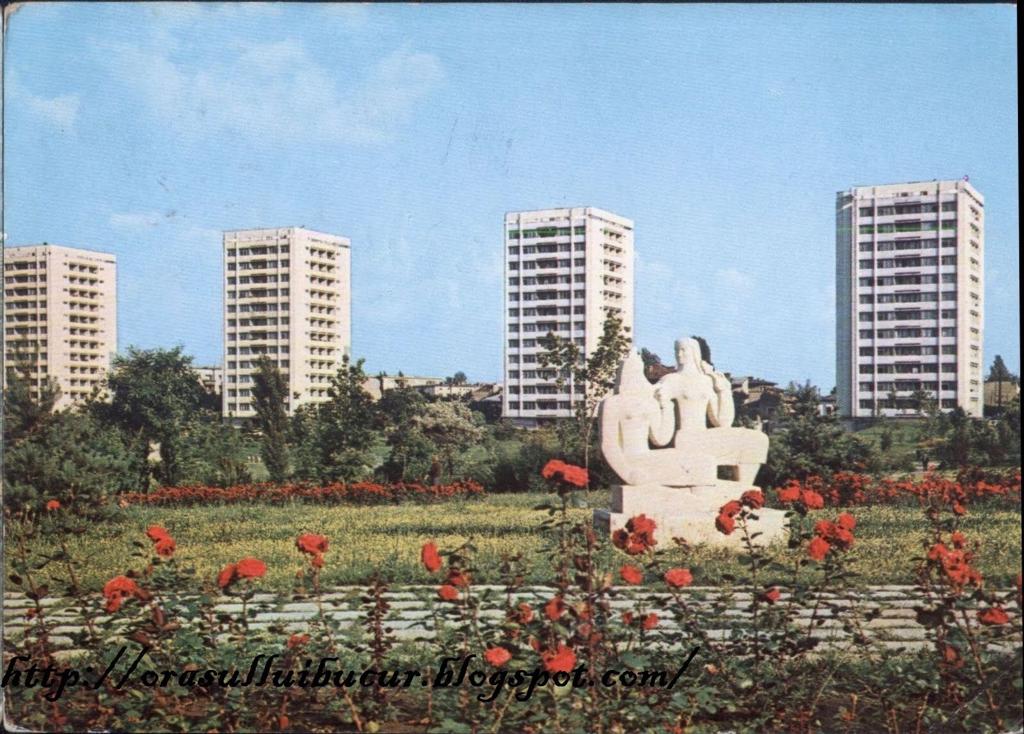
After the fall of the communist regime, there is a real change in the face of the neighborhood, with the attraction of investors who saw the potential of the area and the development of a real community. Among the most important transformations are the emergence of modern office buildings, restaurants, clubs and company headquarters.
Important historical landmarks of the area
The hippodrome
Was inaugurated in the summer of 1923 and had remarkable constructions, made in neo-Romanian style.
The complex consisted of three distinct buildings of 1650 m2, connected by passageways: the Royal Pavilion, the Official Pavilion and the Public Pavilion.
On the ground floor there were restaurants, cloakrooms, toilets and other public spaces.
Floreasca Hippodrome had a nocturnal facility; in 1933 a sensational premiere took place: ostrich races In 1924, even Queen Maria came to admire the races in Floreasca.
In 1937, the Floreasca hippodrome was closed, and in the period 1938-1940, the parceling of the land for the construction of villas began.
Ford Automobile Factory
In the 1930s, Ford model A and B automobiles, legendary in the history of cars, were produced at the Ford Hall Floreasca.
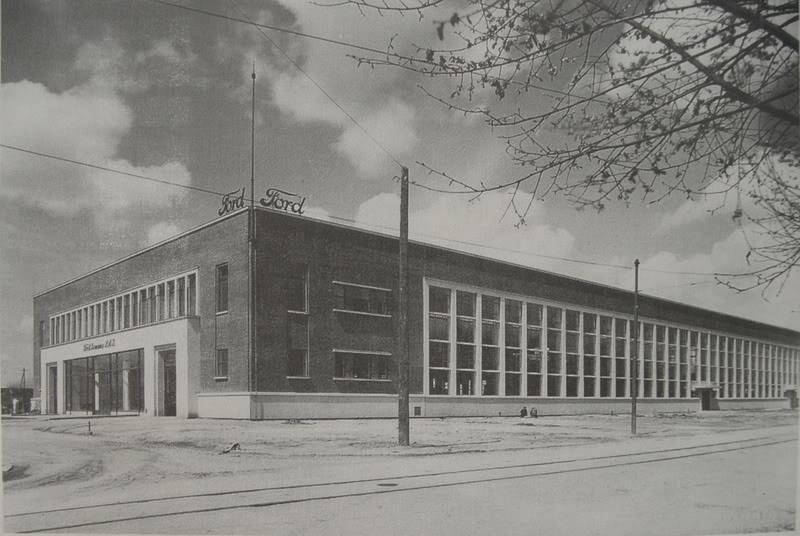
Ford Building Hall was designed in a modernist style and featured a partial floor for offices and a showroom on the ground floor.
For the construction of the building, the Ford Company collaborated with the American architect Albert Kahn, a representative of industrial architecture across the Ocean.
Ford cars were assembled in the Assembly Factory in Floreasca between 1936-1940. The main car produced was the Ford V8 Fordor Sedan model, and starting in 1938 the V8-81A De Luxe and V8-82A Standard models began to be assembled.
After the establishment of communism, the Ford Factory in Floreasca was renamed "Autoindependenza", then, in 1960, it became the Automatic State Industrial Enterprise, a unit that, among other complex equipment, produced nuclear products in the 80s.
Currently, the Ford Factory is one of the historical landmarks of Bucharest that One United Properties has undertaken to restore. Following the purchase of the factory, One United Properties made and is making significant investments for the restoration of the building, in order to protect and regenerate Bucharest's cultural heritage. It will not be demolished, but restored through a complex process whereby the original facades are preserved, the structure is rebuilt, and then the facades are attached to the new structure. This is a very common restoration procedure used by specialists around the world to preserve the original appearance of the restored historic building and it will host commercial galleries.
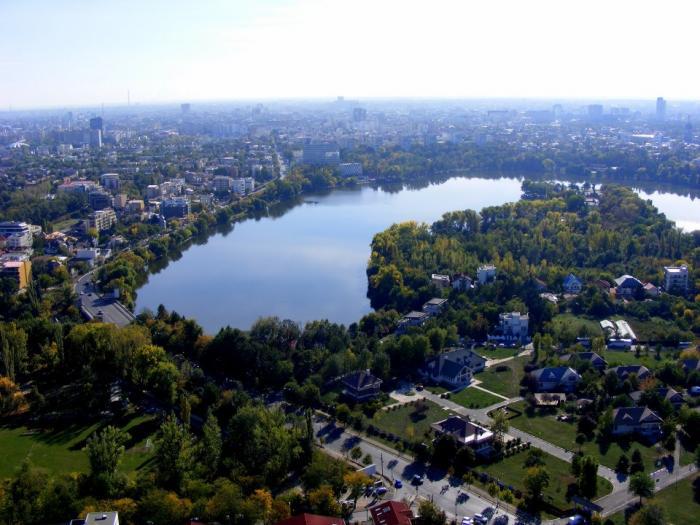






Comments
No comment at this time!
Leave your comment